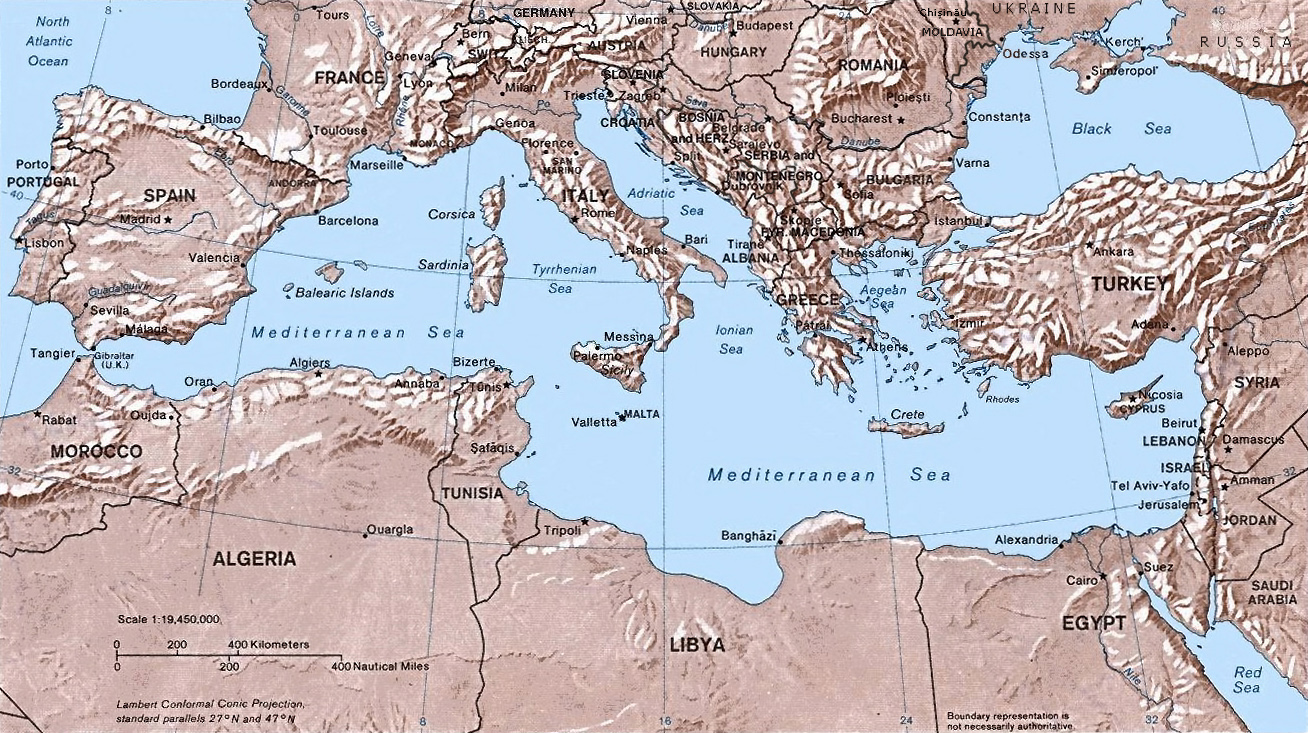The various mountains that surround the landscape stand testament to the great forces of nature that continuously shape our planet. For centuries, scientists have long pondered about how and why these giant rock formations seemingly burst forth from the ground, creating vistas that last for millions of years.
It almost seems impractical to think that anything alive can have any impact on these natural megastructures that are literally larger than life, but new research published in the journal Communications Earth & Environment seems to beg to differ; according to the authors responsible for this novel work, ancient life may have played a much larger role in the rise of mountains than we realize.
The authors, led by geologist John Parnell from the University of Aberdeen, argue that the presence and proliferation of ancient bacteria may have blanketed the crust with carbon, which “allowed [for the] easier deformation of the crust, in a manner that built mountain belts, and thereby plate margins characteristic of modern plate tectonics,” according to the study.
This explosion of ancient microbial life is said to be attributed to the Great Oxidation Event (GOE), which was an event some 2.4 to 2 billion years ago bookmarked by a spike in oxygen levels in the atmosphere—a spike that is being attributed to the explosion of oxygen-producing cyanobacteria that started to consume the excess carbon dioxide (CO2) present in the atmosphere at the time.
The GOE was previously reported to have been started by even older volcanic activity, which boosted oxygen levels that were believed to have been previously hindered by the “oxygen sinks” introduced by earlier asteroid impacts.
Once these ancient microbes died, they sank to the depths of the ocean, where they became a major source of carbon for the Earth’s crust; this, in turn, made the crust “weaker, and more pliable,” allowing for the “stacking” of the now-brittle crustal rock that paved the way to the formation of the vast mountain ranges that we know and hike on today.
As the authors themselves detail in their paper: “As the carbon contents of the sediment were anomalously high in the Paleoproterozoic, the flux of carbon into subduction zones was greater, and hence deformation could take place more readily than had been possible hitherto.”
The authors arrived at such a conclusion by analyzing twenty (20) mountain ranges scattered across the world, which include the Andes, the North American Rockies, Svalbard Mountains, and those located in Japan and Indonesia, among others. Through the case study, the researchers found a link connecting high carbon “burial” in the crust from ancient microbial life to the generation of mountain peaks.
“Ultimately what our research has shown is that the key to the formation of mountains was life, demonstrating that the Earth and its biosphere are intimately linked in ways not previously understood,” Parnell followed.
“The geological record for this period includes evidence of an abundance of organic matter in the oceans, which when they died were preserved as graphite in shale. While it has long been known that tectonic processes were lubricated, our research shows that it was the sheer abundance of carbon in the ocean that played a crucial role in the crustal thickening that built the Earth’s mountain ranges.”
References
- Cassella, C. (2021, November 30). Earth’s ancient mountains rose up with help from the ocean’s tiniest organisms. ScienceAlert. https://www.sciencealert.com/the-tiniest-organisms-in-the-sea-could-have-helped-build-the-largest-structures-on-land
- Parnell, J., & Brolly, C. (2021). Increased biomass and carbon burial 2 billion years ago triggered mountain building. Communications Earth & Environment, 2(1), 1–9. https://doi.org/10.1038/s43247-021-00313-5
- Reverse fault—An overview | sciencedirect topics. (n.d.). Retrieved 1 December 2021, from https://www.sciencedirect.com/topics/earth-and-planetary-sciences/reverse-fault
- Study reveals how explosion in ocean life built the first mountains. (2021, November 23). The University of Aberdeen. https://www.abdn.ac.uk/news/15579/











